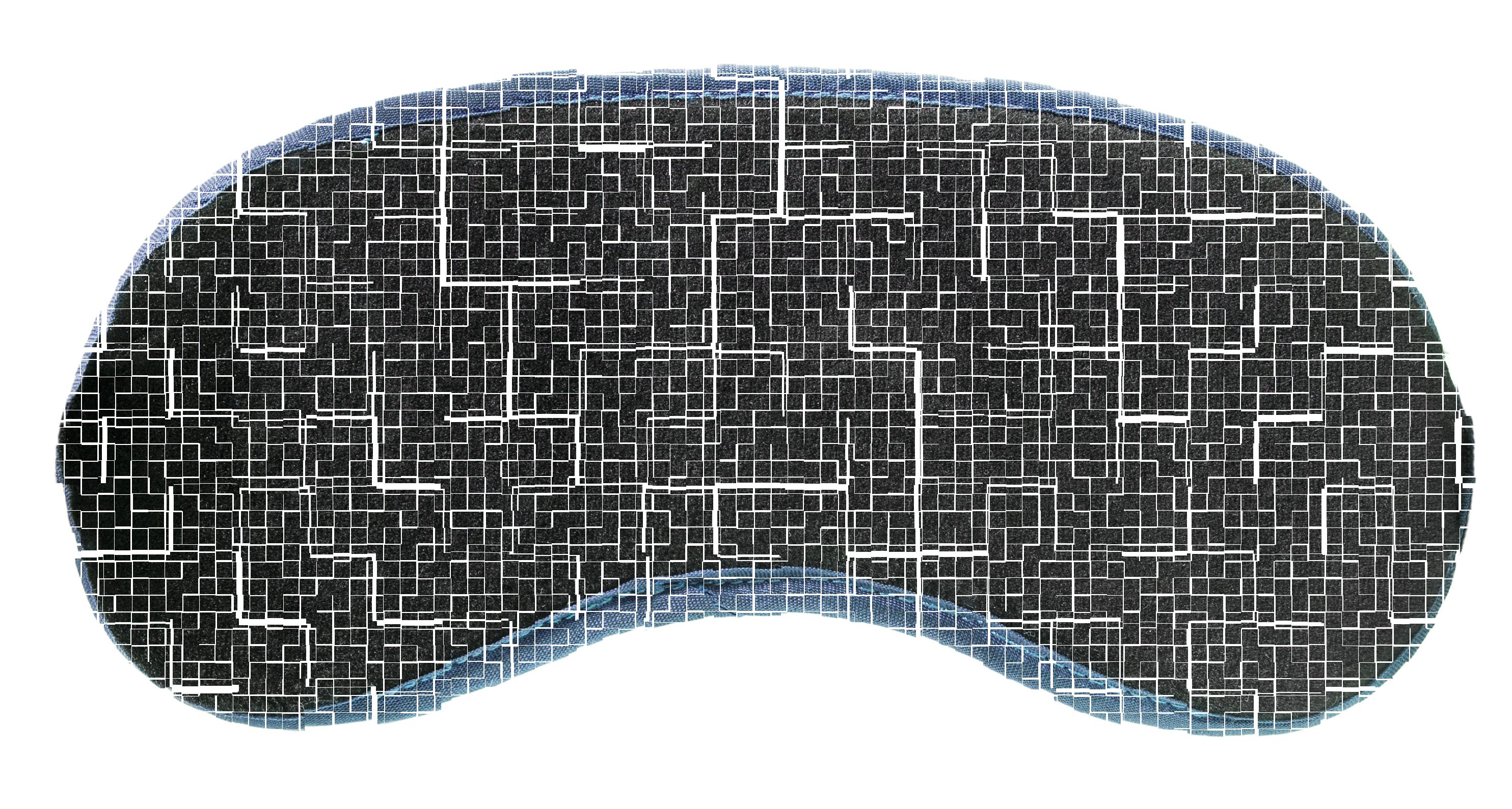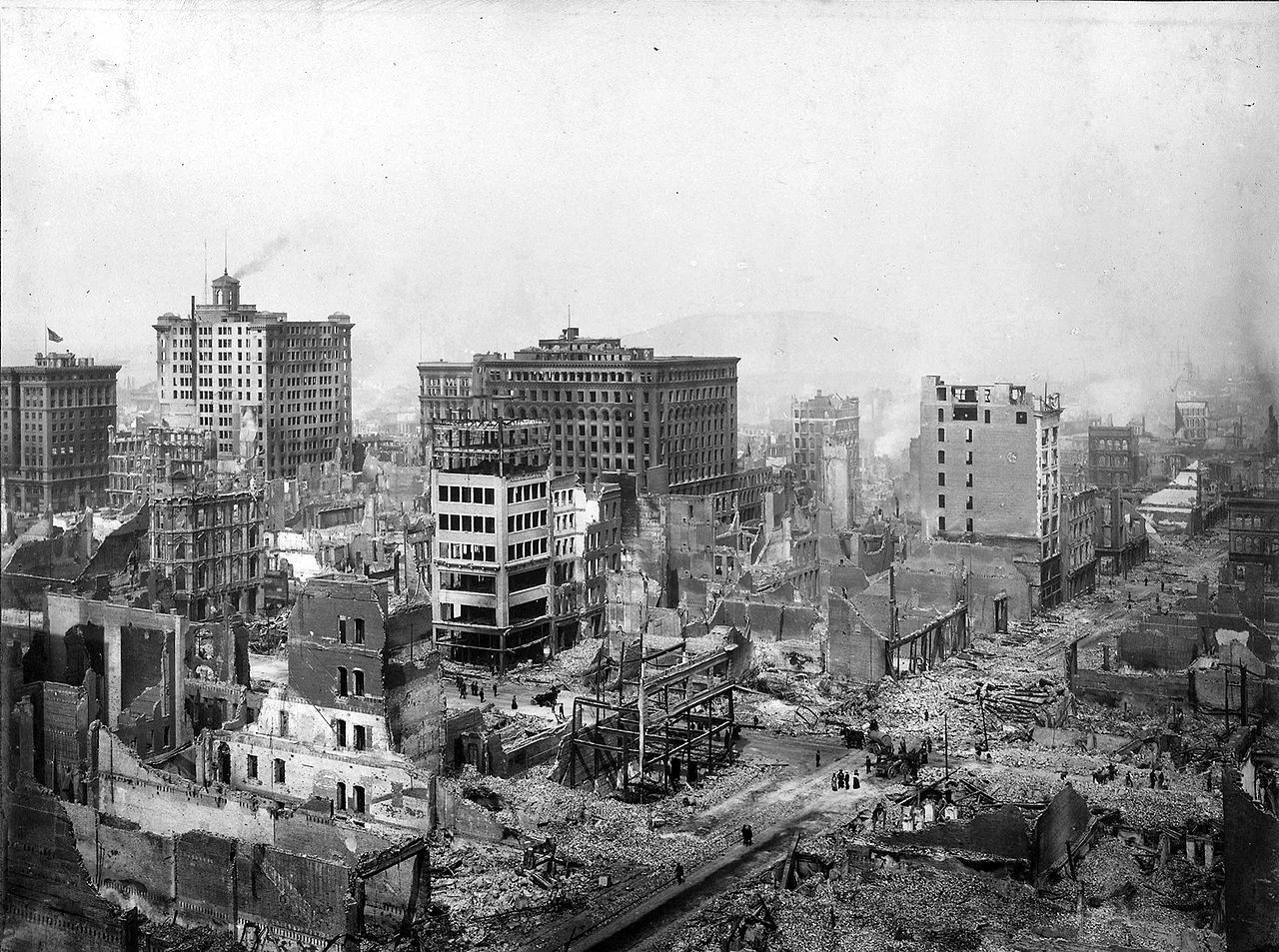‘I Am a Notably Good Sleeper’: A Cultural History of Snoozing Through Incredible Events

Fred Ruhlmann, by his own account, was a wonderfully adept sleeper. At 5:12 a.m. on April 18 1906, much of the city of San Francisco was jolted awake by a devastating earthquake felt from Oregon to Los Angeles that claimed over 3,000 lives. But not Ruhlman, who was traveling with the Metropolitan Opera and slumbered in his hotel room until 8 a.m.
“I am a notably good sleeper,” Ruhlmann told The New York Times in an April 24th article, “Ruhlman Slept Through”.
It was not the only disaster he missed.
“Once, on board the steamship City of Rome, I did not wake until nearly all the passengers had been taken into lifeboats, and I was able to walk calmly to my place,” Ruhlmann said.
 The aftermath of the 1906 San Francisco earthquake. (Photo: Public Domain/WikiCommons)
The aftermath of the 1906 San Francisco earthquake. (Photo: Public Domain/WikiCommons)
Sleeping through momentous (and not so momentous) events isn’t unusual; in fact, it’s well-documented. Stories of improbably sound sleepers are a perennial favorite for news outlets and the act of snoozing through something is often deemed notable enough to score headline real estate.
“Aurora Woman Sleeps Through Car Crashing into Window”; “3 Year Old Sleeps Through Carjacking”; “Boy, 6, Sleeps Through Plane Crash a Few Feet From His Bed”; “Kidnapping Victim, 76, Sleeps Through”. Even the Jonestown Massacre can count this gruesome headline from the June 13, 1978 edition of The Los Angeles Times among many devoted to it: “Woman, 76, Slept Through Death Orgy”.
Sleeping through a robbery is especially noteworthy: “Wichita Woman Sleeps Through Burglary”; “Thieves Break into Sumner Home, Family Sleeps Through Burglary”; “Thief Steals Large Cooler of Ice Cream as Store Clerk Sleeps”. The 78-year-old Wichita woman was finally awoken by the presence of two police officers in her home; an odd (and probably disturbing) experience she shares with at least one other person.
Sam Toledano was woken by police in his bed after sleeping through a robbery, according to a 1947 New York Times article, “Sound Sleeper Snores On as Burglar is Captured”. Toledano remained unconscious as a thief climbed through his window, was chased through the flat by two officers, and was apprehended in the living room. The cops found $8 and a religious medal on the suspect, which Toledano identified as his.
Occasionally, alcohol is fingered as the culprit, as when William B. Commander, a crewmember of the oil tanker Texaco Massachusetts, slept through a collision with another tanker off the coast of Staten Island on June 16, 1966. Commander was found asleep on the vessel two hours after the crash, having not just slept through the collision but an ensuing fire, according to the Times. A fellow crewmember, Leroy Smith, told an inquiry board that Commander had boarded the ship with a bottle of whiskey in his hand. “He had a heavy load on,” said Smith.
A British officer who was present at the 1904 battle that started the Russo-Japanese war was unable to wow reporters when he arrived in San Francisco the following month. “I can say very little about the torpedo attack itself,” he told the San Francisco Chronicle matter-of-factly. “For the reason that I slept through it all.” Unsurprisingly, the story ran under the headline: “SLEPT THROUGH TORPEDO FIGHT”. (All caps theirs.)

A depiction of the Battle of Port Arthur in 1904. (Photo: Public Domain/WikiCommons)
And—as with all aspects of their lives—the sleep habits of public figures haven’t escaped notice, either.
It has been recorded that Queen Elisabeth II slept through an hour-long musical reception performed by the inhabitants of Fiji in 1953; that napping made the 22-year-old daughter of president Lyndon B. Johnson late to a tour of the royal palace in Spain; and that Bill and Hillary Clinton slept through a shooting at the White House in 1994. “They were never in any danger,” a secret service spokesman told the Associated Press.
Recently, Kanye West slept through a “Frozen” stage show at Disneyland while celebrating his daughter’s birthday. A flurry of media attention followed: He dozed, he was caught, he was called out, he accidentally insulted a Disney princess.
Britney Spears fell asleep at a nightclub, Ruth Bader Ginsberg nodded off during the 2015 State of the Union, James Franco caught forty winks during a late night lecture.
Tales of those who have slept through are often told with an undercurrent of awe, or even derision. How can a person sleep through calamity, the reader is primed to ask? We’re invited to smirk while bad guys pilfer goods right from under their (snoring) noses. And for a world where lack of sleep has been declared a public health epidemic, there may be a bit of jealousy, too.
“I think there’s a huge media appetite for sleep-related stories, but in a way this is surprising because sleep is the most uneventful part of human life; in many contexts it’s synonymous with boredom and indifference (‘This movie sent me to sleep’),” wrote Michael Greaney in an email to Atlas Obscura. Greaney is a senior lecturer in English at Lancaster University, and one of the founders of Sleep Cultures, an online clearinghouse for academic writing about sleep.
“So for sleep to make the news it has to manifest itself in a quirkily noteworthy way,” continues Greaney. “Sleep on its own isn’t a story. Sleep plus tornado (or carjacking or earthquake or break-in or car crash)—that’s a story. Which is precisely what’s so intriguing about the stories you’ve been researching. They all, in different ways, raise the question of whether it’s possible to be too good at sleep. We all want to sleep better but no one wants to sleep through an earthquake. These stories tap into fears and anxieties about dangerous events to which we are all potentially vulnerable (accidents, natural disasters, violent crime) and raise the question of whether sleep makes us even more vulnerable to these hazards.” Greaney alluded to the comment made by famed sleep scientist Allan Rechtschaffen, who once said that if sleep doesn’t have a “vital, evolutionary” function, “it’s probably the biggest mistake that evolution has made.”
And when it comes to famous nappers? There’s a tinge of voyeurism at play, according to Greaney. But also a message about status and authority: “It’s okay for the queen to fall asleep in public because she’s the Queen; but it would be a shocking breach of etiquette for ordinary human beings to fall asleep in front of her!”
At any rate, the enthusiasm for such stories shows no sign of waning. During the month this story was published, a quick internet search confirms that several sleep stories surfaced; about a pro golfer nodding out at Wimbledon, a schoolchild who fell asleep on a bus and was subsequently abandoned there for hours, and, of course, a couple who slept through a burglary.
Even sleepy animals haven’t escaped our scrutiny.
A 1960 Los Angeles Times headline crowed “Dog Sleeps as Burglars, Police Work”. The watchdog “failed to live up to its name,” according to the story, as it snoozed through the theft of hundreds of dollars of merchandise and a subsequent police investigation
When the police were finished, they woke the dog up and left.







Follow us on Twitter to get the latest on the world's hidden wonders.
Like us on Facebook to get the latest on the world's hidden wonders.
Follow us on Twitter Like us on Facebook